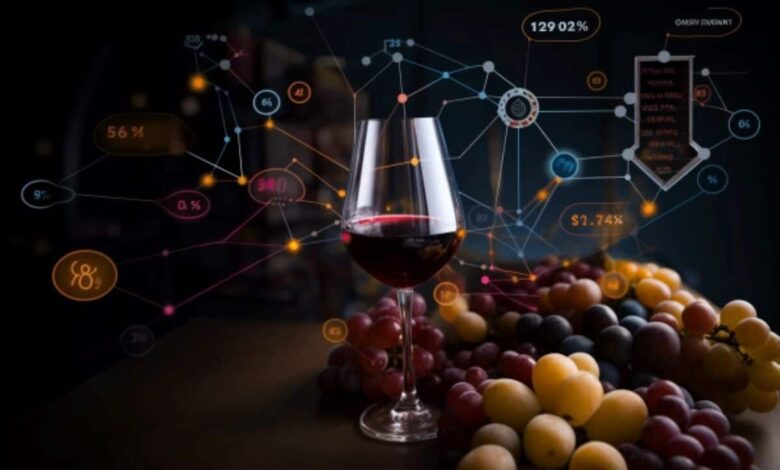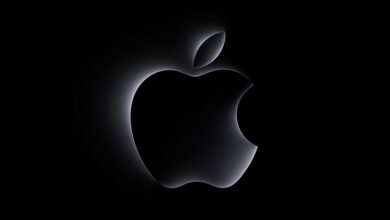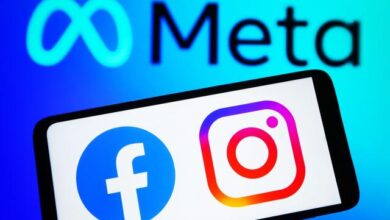AI driven wine-tasting: Algorithm integrates user flavour perceptions for personalised wine recommendations
In a groundbreaking study, researchers from Caltech, the University of Copenhagen, and DTU leverage AI algorithms integrating user flavor perceptions to enhance personalized wine recommendations, revolutionizing the intersection of technology and taste.

Wine applications such as Vivino, Hello Vino, Wine Searcher, and many more can be helpful in this situation. These kinds of apps allow wine consumers to scan the labels on bottles to obtain details about a specific wine and read other people’s evaluations. These applications expand upon algorithms with artificial intelligence.
It might be difficult for wine novices to choose a bottle off the store shelf when they are faced with so many unfamiliar brands. How does it taste? Which one did I most recently purchase that tasted so good?
As of late, researchers from Caltech, the University of Copenhagen, and the Technical University of Denmark (DTU) have demonstrated that it is possible to include user perceptions of flavor into algorithms to facilitate the process of finding an exact match for personal preferences.
According to Thoranna Bender, a DTU graduate student who carried out the research under the direction of the Pioneer Center for AI at the University of Copenhagen, “we have demonstrated that, by feeding an algorithm with data consisting of people’s flavor impressions, the algorithm can make more accurate predictions of what kind of wine we individually prefer.”
During wine tastings, which the researchers conducted, 256 participants were asked to arrange shot-sized cups of various wines according to which wines they believed tasted the most alike on an A3 sheet of paper. The taste of the cups differs more with increasing distance between them. Consumer testing frequently employ this technique. After that, the researchers took pictures of the paper sheets to scan the points on them.
The researchers then integrated the data gathered from the wine tests with the hundreds of thousands of wine labels and user evaluations that Vivino, a worldwide wine app and marketplace, had sent them. Subsequently, the researchers utilized the massive data set to create an algorithm.
“The dimension of flavour that we created in the model provides us with information about which wines are similar in taste and which are not. So, for example, I can stand with my favourite bottle of wine and say: I would like to know which wine is most similar to it in taste – or both in taste and price,” says Thoranna Bender.
Professor and co-author Serge Belongie from the Department of Computer Science, who heads the Pioneer Centre for AI at the University of Copenhagen, adds:
“We can see that when the algorithm combines the data from wine labels and reviews with the data from the wine tastings, it makes more accurate predictions of people’s wine preferences than when it only uses the traditional types of data in the form of images and text. So, teaching machines to use human sensory experiences results in better algorithms that benefit the user.”
Serge Belongie claims that the use of so-called multimodal data—which often combines text, pictures, and sound—in machine learning is becoming more and more popular. It is completely novel to use taste or other sensory inputs as data sources. It also has a lot of promise, for example in the food industry. Belongie claims:
“Achieving healthy, sustainable food production requires an understanding of taste, which is a fundamental component of food science. However, the application of AI in this field is still extremely new. This effort demonstrates the effectiveness of utilizing human-based inputs in artificial intelligence, and I believe that more research at the nexus of food science and AI will be prompted by the findings.
As noted by Thoranna Bender, the researchers’ methodology is also easily applicable to different kinds of food and beverages:
We’ve used wine as an example, but coffee and beer may also be made using the same technique. The method may be used, for instance, to product recommendations and possibly even recipe recommendations. Furthermore, by gaining a deeper comprehension of the common tastes found in food, the healthcare industry would be able to prepare meals that cater to patients’ dietary requirements and preferences. It might potentially be applied to create food items with distinct flavor characteristics.
The researchers have published their data on an open server and can be used for free.
“We hope that someone out there will want to build upon our data. I’ve already fielded requests from people who have additional data that they would like to include in our dataset. I think that’s really cool,” concludes Thoranna Bender.
You might also be intersted in – Robot tricks brain, unraveling mystery why people hear ‘their dead’: Findings from University of Geneva



